Unfortunately, the wheel of time does not stop for anyone, and your beard will develop gray whiskers sooner or later. At least in terms of your beard, dying a beard can provide quick camouflage and give you a youthful and fresh look. In this detailed guide, we answer all of your questions about coloring your beard so that it goes as easily as possible.
Why should I dye the beard?
Dying a beard to hide gray whiskers
Almost everyone will sooner or later spot gray hairs in their beard, and that doesn’t necessarily have to be a bad thing. They make you look older, but at the same time give you a certain level of maturity and experience as long as you stand by them.
Some men will find gray strands in their beards even at a young age and in this case we can understand that you would rather hide them. With a little color you can easily do this and look a few years younger.
By the way, it is quite normal to get gray hairs on your beard earlier than on your scalp. Even with a gray beard, it can still be decades before the first gray hairs appear.
Dying a beard to try something new
You might wish to experiment with different ideas and styles because you’re bored with your natural beard color or want to follow a fashion trend. For some, this implies a new dress or haircut, while for others, it means a new beard color. So give it a shot and see what happens. There’s nothing wrong with using unusual colors to show off your rebellious side.
Dying a beard to match head and beard hair
It is not uncommon for the beard hair color to differ greatly from the hair on the head. Different shades of color in the same beard or specific areas of the beard are also more common than you might think. Such a look can look good and unique, but most of the time it looks rather awkward. You can use dyes to even out the color and create a unified look.
Make the beard look thicker
Darkening the beard color can make a significant difference in how thick the beard appears. On the one hand, this is because darker whiskers are much more visible than lighter ones, and on the other hand, all whiskers are colored uniformly when dyed.
In a natural dark beard there are always some lighter hairs hidden and as soon as these are matched to the color of the rest of the beard, the beard will automatically make a denser impression. Furthermore, the whiskers are surrounded by the dye, which makes them stronger and thicker.
Which color is the right one?
Since you will spend a long time with your new beard color, you should think carefully about which color you choose. The color selection among the dyes is extensive and there should be something for everyone. Basically, you can of course choose any color, but most men go for one that resembles the hair on their head. This looks the most natural and people who don’t know you may not even notice that the beard is dyed. Bald men can let off steam here and try out a wide variety of colors. But before you grab the first shade of black that comes your way, there are a few things you should consider first.
Your natural beard color will not normally consist of just one color, but a combination of many subtle shades. This makes it difficult to choose the right color and most of the time you tend to choose the one that matches the darker beard hair. However, because the dye gives all the beard hair the same coat of paint, the beard will appear far too dark and unnatural as a result. Experience has shown that those who want to cover up gray whiskers, in particular, choose a shade that is too dark.
Therefore, choose a shade that matches your natural beard color as closely as possible, and then choose a slightly lighter product. If this is your first time dying your beard, you probably won’t hit exactly the right shade, and that’s not a bad thing. However, be aware that a beard that is too light almost always looks better and more natural than a beard that is too dark. Also, it is significantly easier to darken a light beard with re-dye than vice versa.
If you are looking for a very specific color and it is not available anywhere, you can also contact a hairdresser or barbershop. They usually have a larger selection or can at least give you a recommendation as to which other shades might suit you.
The fact that you can’t easily undo coloring can make the final decision very difficult. Here, too, it is worth visiting the hairdresser to get advice on the right color. Alternatively, you can also make a pre-selection and then get a third opinion from your friends.
Permanent or Temporary Dye
The biggest difference between the various coloring agents is the duration of the coloring. Depending on the desired result, you should choose a temporary or permanent product.
Permanent Dye – Dying a beard
First of all, no dye is truly “permanent” in the sense that it keeps the color forever. Instead, it means products that keep the color for a few weeks to months. It’s not possible to wash out the color, and once you’ve colored your beard, you’ll have to live with it for a while.
This long-lasting effect is achieved by lifting the hair fibers with the help of ammonia and other means and depositing dyes in them. Admittedly, both this process and the deposited dyes can weigh down and dry out the whiskers quite a bit.
That’s why the right beard care is the alpha and omega for a colored beard. Apply beard oil daily to rehydrate and soften the beard. In addition, beard balm can be integrated into the care routine to prevent problems such as beard split ends.
Usually, permanent dyes have a much wider range of colors to choose from, making it a lot easier to find the color you want.
Temporary Dye – Dying a beard
As the name suggests, temporary dyes only color your beard for a short period – usually until you wash it. So it is not intended for everyday use, but for special occasions or to try a new look.
With the temporary dye, only the surface of the whiskers is dyed and the hair fiber is not attacked. In principle, this is not good for the health of the beard hair either but is usually negligible unless you color the beard daily.
In contrast to the permanent alternative, you can only dying a beard in certain areas of the beard with the temporary agent and not the entire beard. Since the application is quick and easy, they are perfect for covering gray beard strands and making light areas in the beard appear a little thicker. The choice of colors for these dyes is limited to the common colors, although you will also find some very unusual ones, which are ideal for carnival, for example.
How to color your beard
What do you need to dye your beard?
Before you begin coloring your beard, here are some things you should have in mind to make the process go as smoothly as possible:
- beard dye
- Disposable gloves to protect your hands from the paint.
If this is not included with the dye, you can buy it on Amazon. - Coloring brush to blend and apply color.
Is usually already included. Alternatively, you can get one from Amazon or just use a toothbrush. - Vaseline or other skin creams high in mineral oils to protect the skin around the beard from the paint.
- Kitchen paper or a rag that you no longer need.
- An old t-shirt (optional)
Test the compatibility with the dye
Dyes are made up of many different ingredients and if you are allergic to any of them after dyeing your beard, the consequences would be extremely uncomfortable. Incidentally, it doesn’t matter whether the dye consists of natural ingredients or chemical substances are added.
Therefore, check the compatibility with the agent beforehand and apply a small amount of it to the inside of your forearm. Wait at least 24 hours and then wash the area with soap. If you notice skin irritation or redness, switch to a different dye.
Wash your beard first?
Opinions are divided on whether you should wash your beard before coloring it. Some claim that washing will rid the beard of all dirt and oils, allowing it to absorb the colorant better. On the other hand, is of the opinion that the oils contained in the beard ensure that the dyes are absorbed most effectively.
The truth probably lies somewhere in between. Dyeing a dirty beard is definitely not a good idea, so you should at least wash it in the morning and use a beard comb to remove any dirt just beforehand.
Also, take a look at your beard dye’s instructions for use, as they often address this question. If it contains different instructions, follow those.
Protect yourself from the color
The dyes might have an aggressive effect depending on their composition, causing skin irritation or other skin disorders.
To avoid any risk, put on disposable plastic gloves and apply petroleum jelly or another skin lotion with a high mineral oil content to the skin around your beard.
There’s a good chance that some paint will leak and get on your clothes. So throw on some old slacks and a t-shirt that you no longer require.
Prepare the paint
In most cases, the dye is simply mixed with a thickening solution. Depending on the recipe, the preparation and the mixing ratios can differ. Read the enclosed instructions for your beard dye very carefully.
Don’t use your coloring brush to blend, as the ends of the brush can stick together during blending, making it difficult to apply to the beard later.
Dying a beard
Use a coloring brush to spread the color evenly throughout the beard. The best way to do this is to move the brush up and down until no more uncolored areas are visible. Avoid direct skin contact as much as possible and protect your hands with plastic gloves.
If the coloring brush is not included in the beard coloring set, you can also get one in any drugstore or online, or alternatively use a toothbrush.
Never massage the color into your beard with your hands! This will cause the dyes to enter the pores of the skin, causing skin irritation and leaving color stains on the skin.
Let the color take effect
Next, you need to be patient and let the dye sit in the beard. The exposure time varies depending on the dye used and is specified in the enclosed instructions for use.
Follow these as closely as possible to achieve the color you want. Some dyes will darken the longer they are left on, although this is not always the case. In rare cases, the color has to be applied several times, so read the instructions carefully.
If you are dying a beard for the first time, we recommend choosing a slightly lighter shade. A beard that is too dark is often perceived as unnatural and it is much more difficult to lighten it than vice versa. In addition, it is quite possible that the color of your beard after dyeing will not correspond exactly to the color advertised. This can differ from person to person and depends on many factors such as the thickness of the beard hair or the original color of the beard.
If the shade then seems too light to you, you can simply re-dye the beard with the same color and darken it that way. Alternatively, you can of course switch to a darker dye.
Wash out beard
Congratulations, you have successfully colored your beard. Now you have to wash the remains of the dye out of the beard. For the time being, leave out the beard shampoo and wash the beard with cold water until there are no more color residues in the water.
Proper beard care after dying a beard
Because dying a beard raises the hair fiber to allow the dyes to penetrate, the beard hairs are weakened and require more maintenance than usual. In addition, the right beard care also ensures that the color is retained longer and the beard looks generally more well-groomed. Implement the following steps into your beard care routine to help your beard recover as quickly as possible:
- Wash your beard with beard shampoo. Aside from helping you rid your beard of any dirt, it will also help you avoid dandruff in your beard. Do not use conventional hair shampoo, as this is much more aggressive in direct comparison and draws even more moisture out of the skin, which has already dried out due to the dyeing.
- Apply beard oil daily. By using beard oil, you can provide your beard with some much-needed moisture to keep it soft and supple and keep you itch-free.
- Don’t put extra stress on your beard: For the first few days after coloring, you should give your beard some time to recover and not dry it out any further. So keep your hands off the hairdryer and straightening iron and switch to other methods of straightening your beard. Beard balm and beard wax are excellent alternatives and also support the beard with nourishing oils.
How long does beard dye last?
Unfortunately, there is no clear answer to this question, as the duration depends on many factors. The ingredients as well as the care and the original color of your beard play an important role. As a rule, you will find an approximate time on the contents description of your beard dye.
In addition, the coloring will decrease and fade a little after every beard wash with beard shampoo. By the way, that does not mean that you should do without it, otherwise you run the risk of encountering completely different problems such as beard dandruff. Beard care products such as beard oil can also ensure that the color lasts a little longer and retains its shine.
But even with the best conditions, your beard will lose color at the latest as soon as it grows back. Strictly speaking, a little more than a centimeter of beard hair grows back in its original color within a month.
Can you dye the beard with hair dye?
In theory, you could dye your beard using regular hair dyes. However, you should be aware that the color provided by the manufacturer will most likely not match your final result exactly.
The whiskers are thicker and have a different structure than the hair on the head, which explains why. The skin beneath the beard is also more sensitive than the scalp, which can cause issues with dyes that are too harsh.
Because the price difference isn’t significant, we recommend buying a beard dye that was created specifically for this purpose and takes the beard’s unique characteristics into account. You can make an exception if you are looking for a very fancy color and it is not available as a beard dye. Dying A Beard.

Badly needing a shave, believe it or not but Christian is a magician with scissors and razors. As sharp as he sharpens his blades and shaves his jawlines is unprecedented. He had his own barbershop for 12 years after deciding to take a break, travel and after meeting Nick, joining this team as the last missing link to help guys with their total make-over. Grooms up!

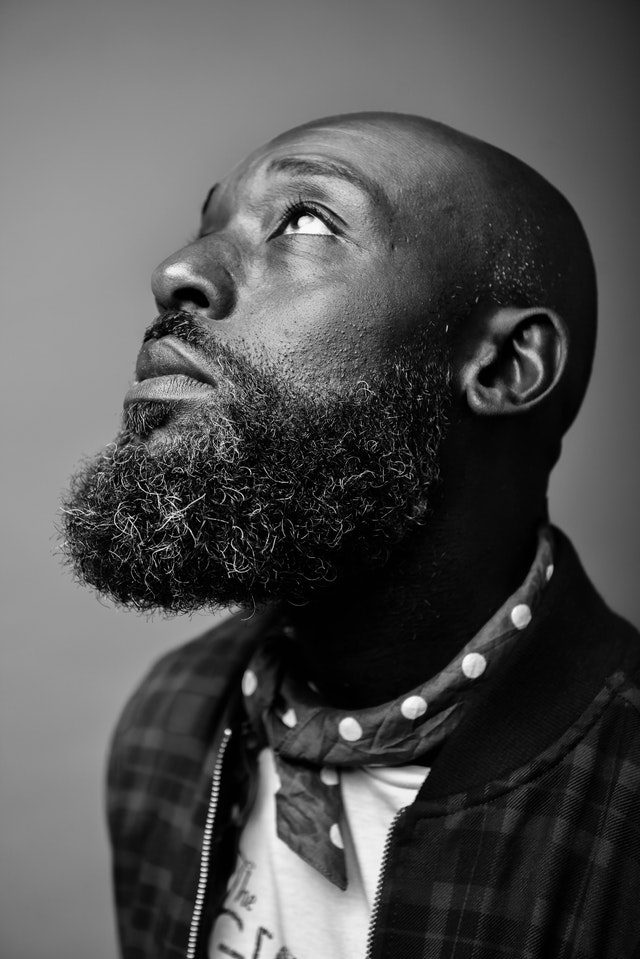







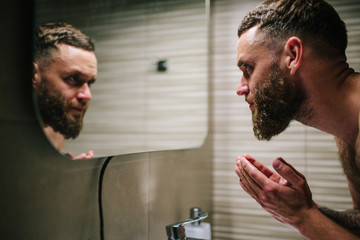
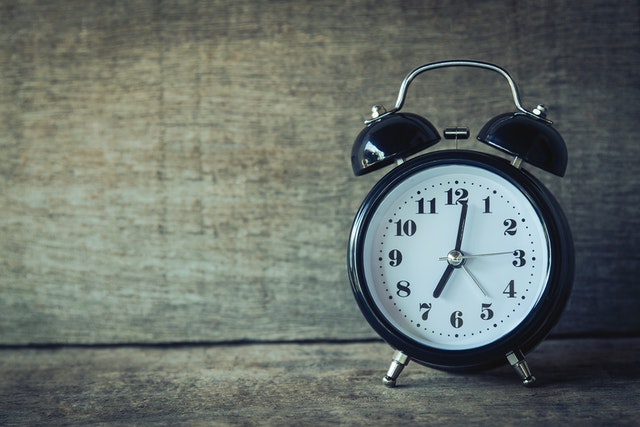



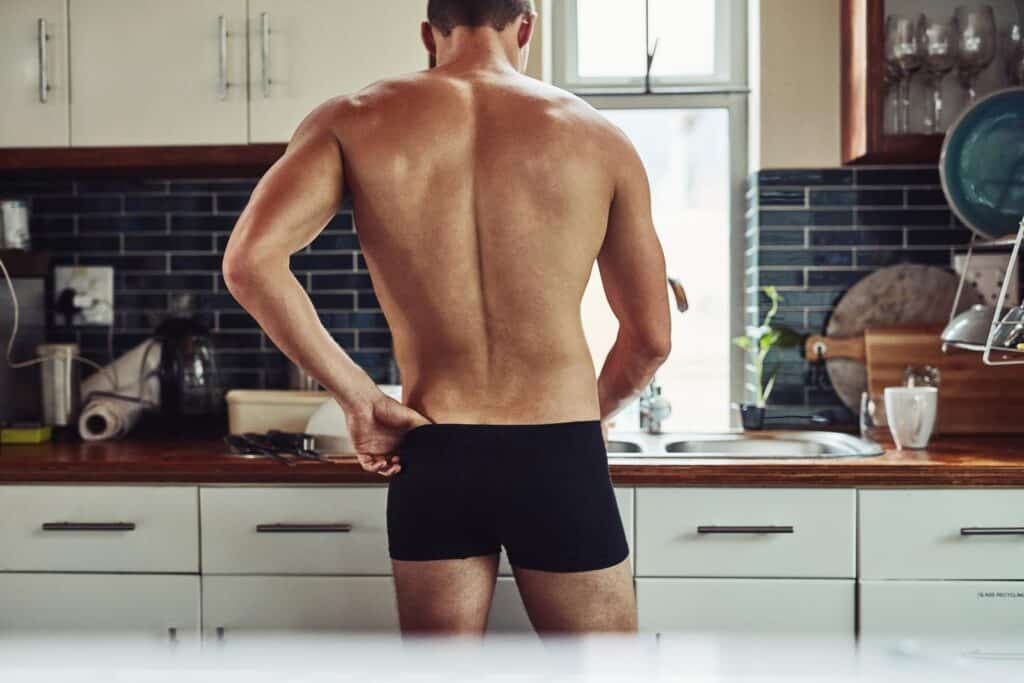
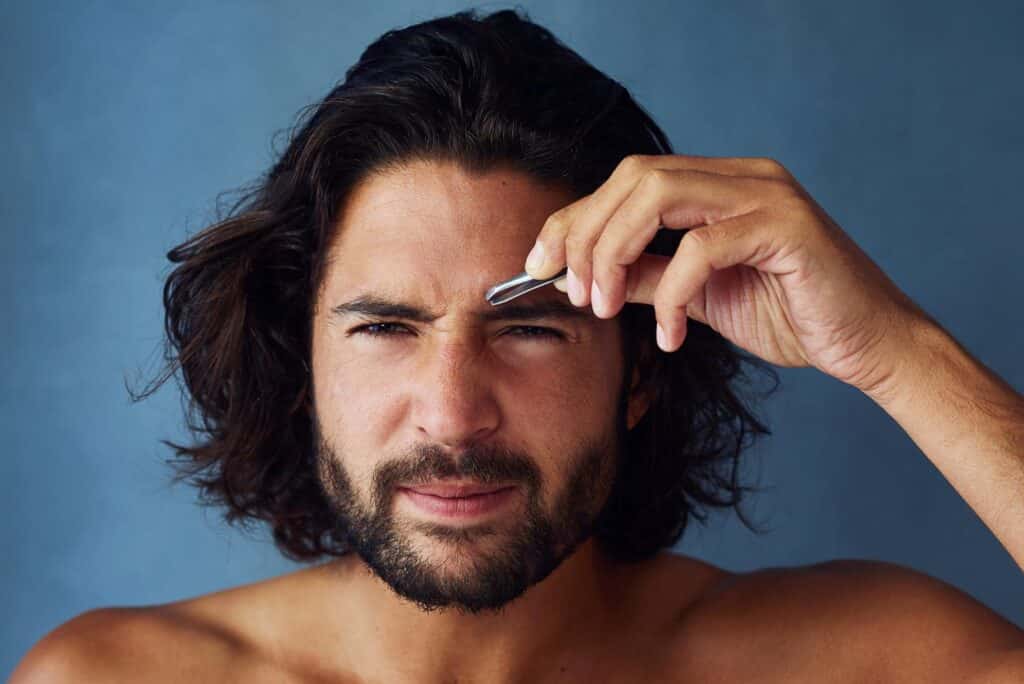
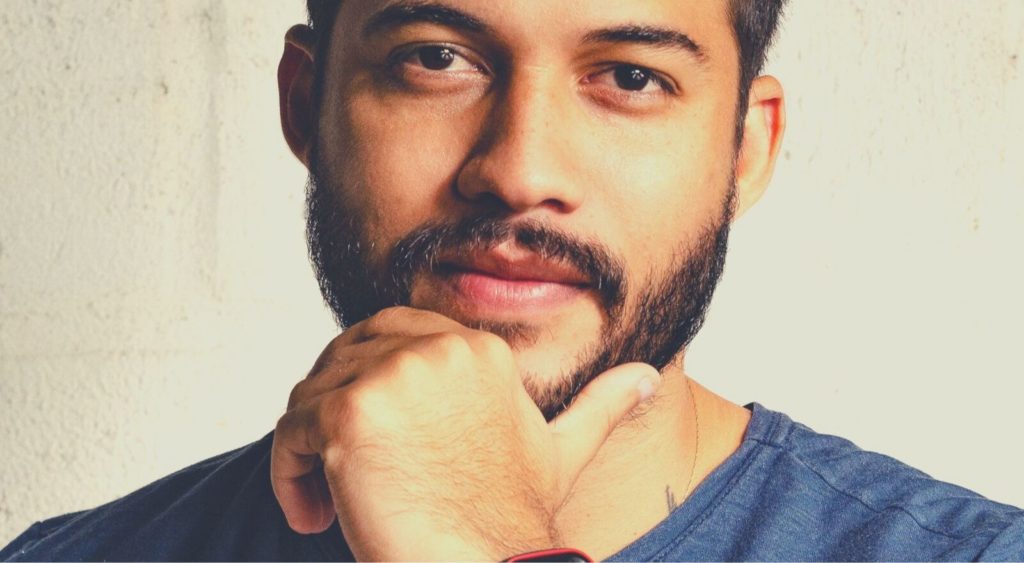
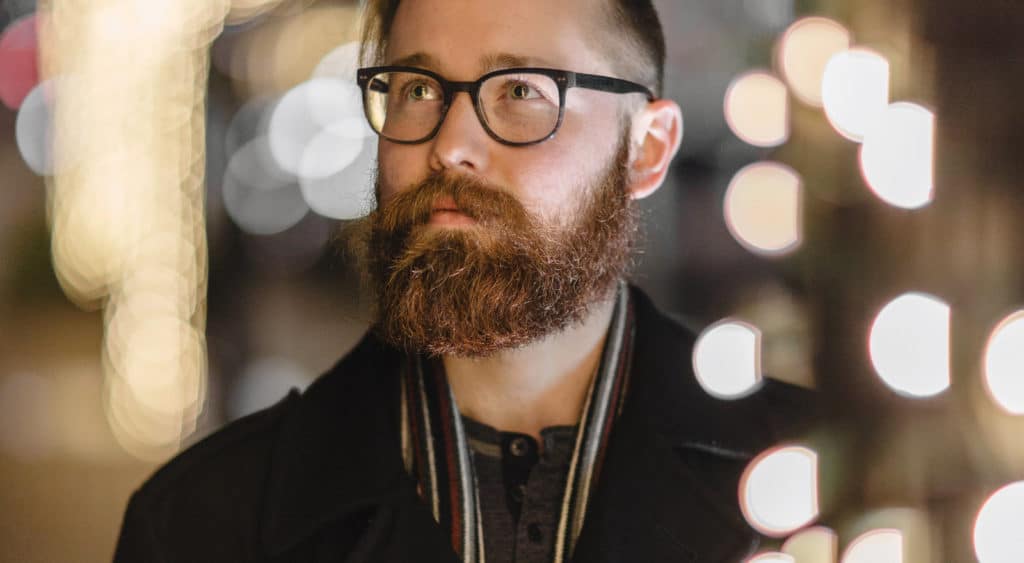
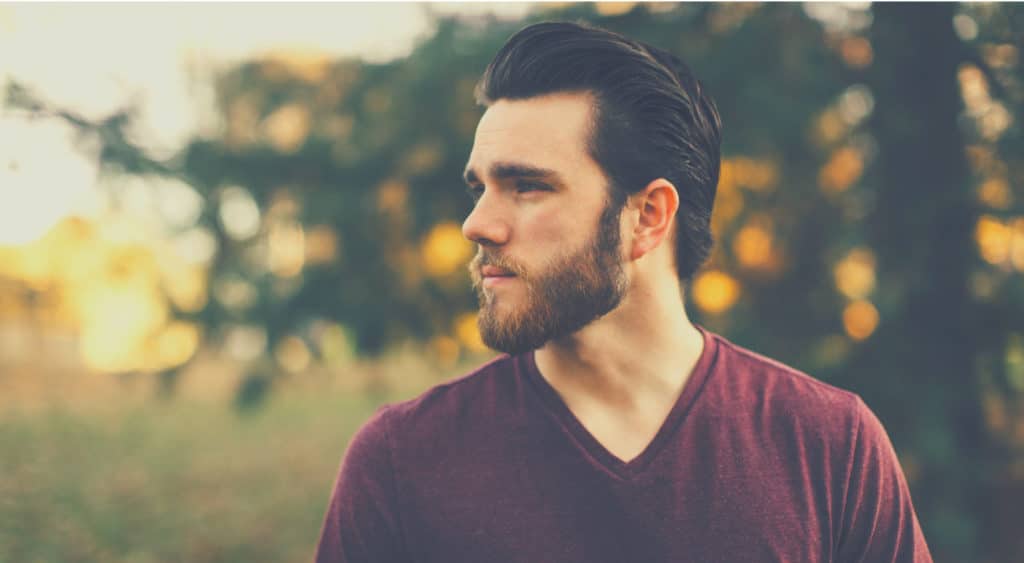
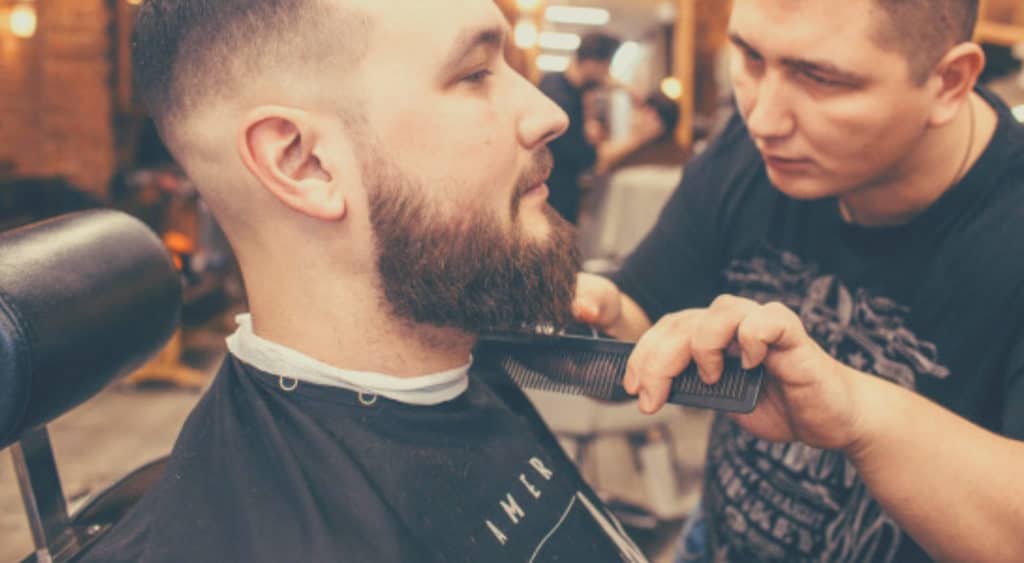
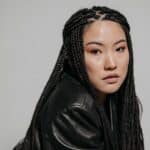





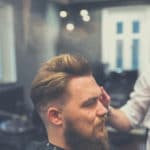

Leave a Reply